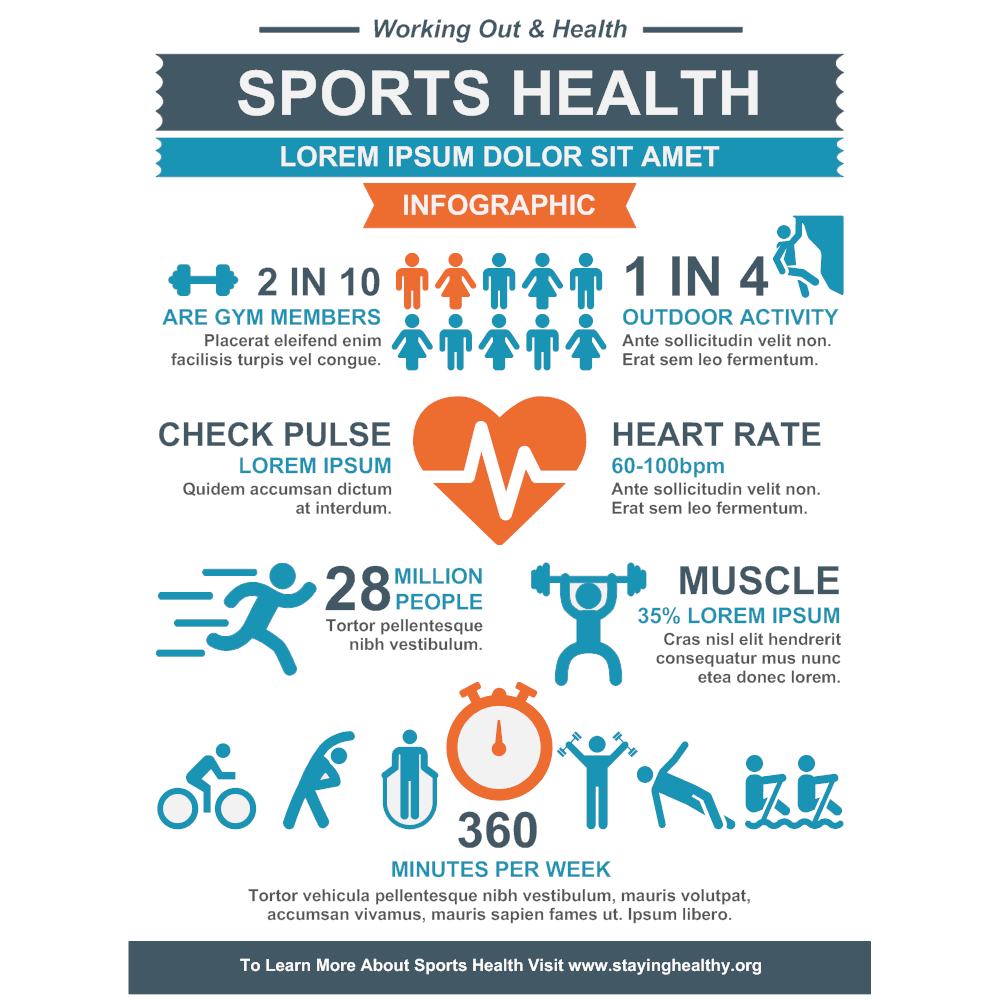Discover The Hernia Kinds That Demand Surgical Activity. From Inguinal To Hiatal, Discover Every Little Thing You Require To Understand For A Successful Treatment

Post By-Black Leach
* Inguinal hernia: A protrusion of tissue via a weakened area in the abdominal wall, commonly on one side of the groin.
* Hiatal hernia: An outcropping of the belly through the diaphragm and into the breast cavity.
* Umbilical hernia: A lump near the tummy button that takes place when a damaged area in the stomach wall enables fat or various other tissue to push with.
* Forward rupture: A bulge that takes place when a weakened location in the stomach wall surface permits fat or other cells to push through, frequently near a previous surgical laceration.
* Incisional hernia: A bulge that happens when a damaged area in the abdominal wall permits fat or other tissue to press through, commonly near a previous surgical cut.
It is important to keep in mind that not all ruptures call for surgical treatment, but these types do. If you presume you have a rupture, it's important to speak with a healthcare professional for correct medical diagnosis and therapy.
So, you've been experiencing some pain lately, and after a thorough evaluation, your physician has identified that you have a hernia. Now, prior to you start stressing, it is essential to recognize that not all hernias require surgical treatment.
Nonetheless, there are specific types that do, which's what we're right here to go over. From inguinal hernias to umbilical ruptures and even hiatal ruptures, each one provides its very own distinct difficulties and factors to consider.
However let's not be successful of ourselves right now. We'll dive into the specifics quickly sufficient.
Inguinal Hernias
If you're experiencing discomfort and pain in your groin location, you might have an inguinal hernia that needs surgical treatment. An inguinal hernia happens when a part of the intestine or fat presses through a weak point in the inguinal canal, which is located in the reduced abdomen.
This sort of hernia is more usual in males than women and can be triggered by aspects such as hefty lifting, stressing throughout bowel movements, or chronic coughing. Signs of an inguinal hernia include a lump in the groin area, discomfort or discomfort when coughing or raising, and a sensation of stress or weak point in the groin.
If left unattended, an inguinal hernia can result in issues such as digestive tract obstruction or strangulation, which is why medical intervention is necessary to repair the hernia and avoid additional issues.
Umbilical Ruptures
Do you know what an umbilical hernia is and how it can be dealt with operatively?
An umbilical hernia occurs when a part of the intestinal tract or stomach tissue protrudes through a vulnerable point in the abdominal wall near the belly button.
If you have an umbilical hernia that calls for medical intervention, here are three treatment alternatives to consider:
- Hernia repair work surgery: This is the most common therapy for umbilical hernias. Throughout the treatment, the doctor will make a cut near the hernia and press the sticking out cells back right into area. They'll after that enhance the abdominal wall surface using stitches or a mesh patch.
- Laparoscopic surgical treatment: In many cases, a minimally intrusive strategy called laparoscopic surgical treatment might be used. https://www.theolympian.com/sports/article254958952.html includes making small lacerations and using a cam and specialized tools to fix the hernia.
- Open surgery: In even more intricate instances, open surgery may be essential. This entails making a bigger cut to gain access to and fix the rupture.
Hiatal Hernias
A hiatal rupture happens when part of the belly sticks out through the diaphragm into the upper body dental caries. This kind of hernia is reasonably common and typically needs surgical intervention.
Hiatal ruptures can be identified right into two primary kinds: sliding and paraesophageal ruptures. Moving hernias are one of the most usual and take place when the reduced part of the esophagus and the top of the belly slide up right into the upper body with the hiatus, a small opening in the diaphragm.
On the other hand, paraesophageal ruptures are much less typical but much more extreme. In this type, a part of the belly presses with the respite along with the esophagus, creating prospective problems like gastric volvulus or strangulation.
Surgical repair work is normally essential to treat hiatal ruptures and reduce signs and symptoms such as heartburn, chest discomfort, and trouble swallowing.
Final thought
So there you have it, the various types of ruptures that call for medical intervention.
One example of a rupture instance that required surgical treatment is John, a 45-year-old man who struggled with an inguinal rupture. In spite of his first pain and concern, John selected medical intervention.
The procedure achieved success, and he experienced a full healing, enabling him to return to his regular tasks without any further complications.
https://notes.io/wkXAn in mind, it is very important to consult with a healthcare specialist if you believe you might have a hernia that requires medical treatment.

